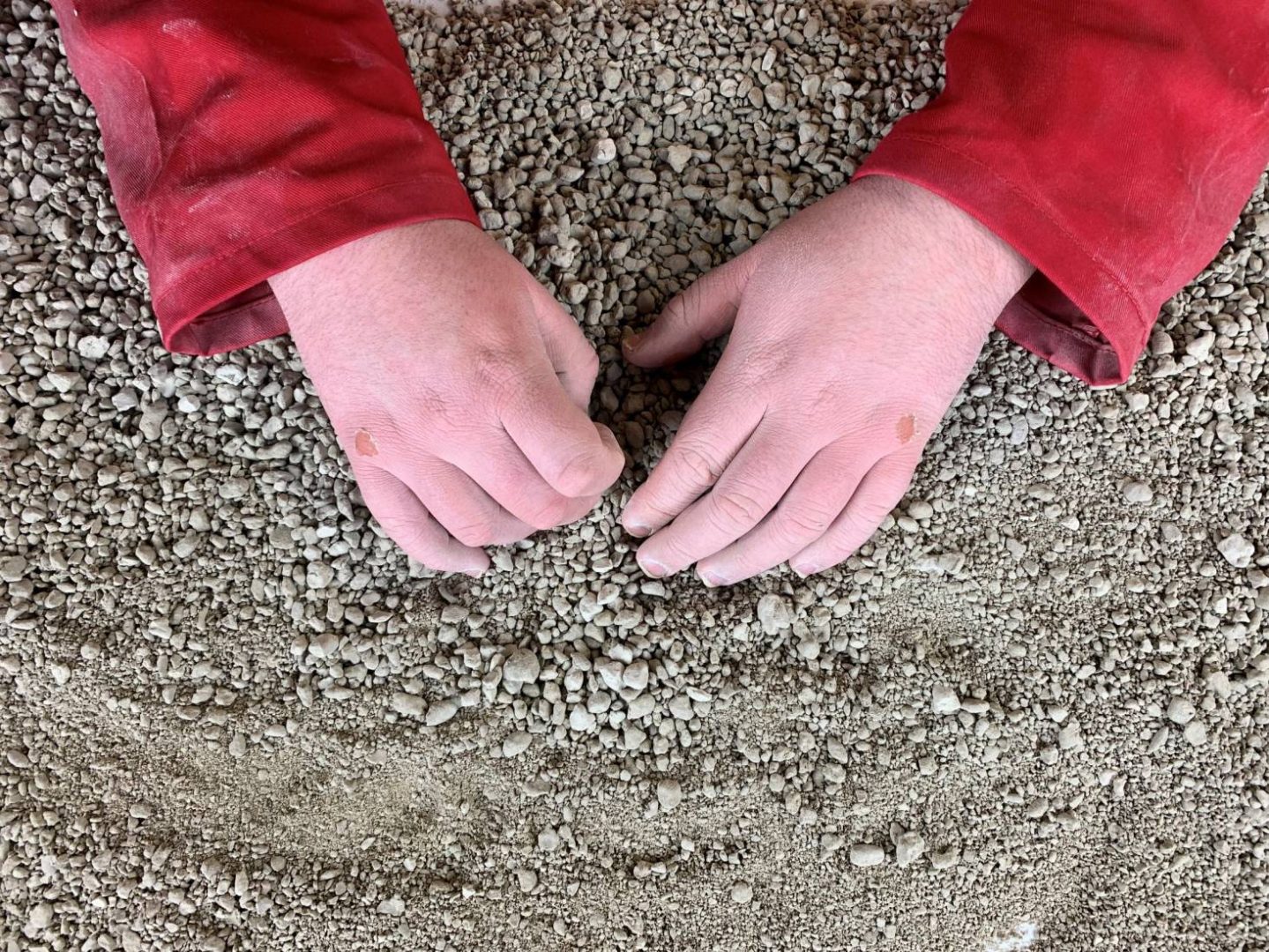The Open Call for the Social Art Award 2019 under the topic “We are the People – Peaceful Revolutions” was closed on December 15, 2019. We are very impressed by 558 submissions that were contributed by artists coming from 65 countries across all continents.
The winners of The Social Art Award 2019 are Narcissa Gold (USA), Melinda Mouzannar (Lebanon) and Bogna Grazyna Jaroslawski (Poland/Germany). The Honorary Mention goes to Kingson Kin Sing Chan (Hong Kong/UK).
Below you find the artworks, that passed the initial jury round. The public voting took place till 30 December and is a tool to give more public visibility to the topic and the artworks. It does not replace the final jury judgment. There were two wildcards for the most voted artworks that entered the final shortlist.
The focus diversity of applications shows that artists are active in the multi-faceted fields of socially engaged art reflecting on wars, genocides, femicides, traumata, violence against refugees, children, women, men, disabled people, LGBTIQs, animals. They share feelings for the planet and its living species, but also showing hopelessness due to complex crises be it climate change (e.g. in regard to water pollution), capitalism, corruption, a violation against human rights, nature, protected national parks. Many of the artists are constantly trying to give a voice to the poorest or empower unheard social groups.
It’s not only about peaceful revolutions, but it’s also about feeling a deep connection and showing love and respect for each other.
Thank you all for sharing your great and inspirational work and look at all the great contributions!
To Dust
Luke Beech
open category
To Dust is a durational performance which tracks the journey from a therapeutic process, working hands-on with the earth itself, through to the obsessive and frustrating overworking of the material to fruitlessly produce nothing more than dust and how that process reacts with my body. Using the heat from my hands and a 10kg block of unfired clay, I center my own mental health alongside the act of making and existing as an artist. The performance, which is available as a videoed piece, happens across two days as I knead, work and dry out the clay with my hands until it eventually crumbles, turns to dust and starts taking its toll on my body. How can art catalyze change?: Art has been proven to catalyze change, demonstrated repeatedly throughout history. Rather than provide generic answers, I can instead speak anecdotally about the ways I use art for not only my own personal benefit but also for the rehabilitation of individuals. Firstly, I consider my practice to be a creed - a set of beliefs in practice, which when used right can inspire change at every level. My work is simultaneously therapeutic, but also damaging to myself. I overwork a lot, get underpaid too often and ultimately make a lot of sacrifices for a practice which I'm addicted to. Having said that, I wouldn't be alive if it weren't for my artwork; it gives me a platform to talk about things I often find difficult... a starting point to discuss my well-being and make my voice heard. Secondly, I have significant experience working in UK Prisons, where I run one of the largest contemporary art classes in the country. We provide both formal qualifications, and have also built courses which center the learners own social and behavioral development.In short, we put a lot of work into switching out negative addictions and substance abuse for artistic remedies. History shows us that art works as a rehabilitative tool, for example using Joseph Beuys' work in HMP Barlinnie alongside now renowned artist and ex-offender Jimmy Boyle. To quote him, "everyone is an artist". I'll keep this part brief, because to be fair I thoroughly understand that I am preaching to the converted - art does good and that's evidenced across the world, it's ubiquitous. Instead I'd propose the question "How do we make the change inspired through art sustainable?". My interests lie in the legacy of the idea, letting it take root so to say.
To Dust is a durational performance which tracks the journey from a therapeutic process, working hands-on with the earth itself, through to the obsessive and frustrating overworking of the material to fruitlessly produce nothing more than dust and how that process reacts with my body. Using the heat from my hands and a 10kg block of unfired clay, I center my own mental health alongside the act of making and existing as an artist. The performance, which is available as a videoed piece, happens across two days as I knead, work and dry out the clay with my hands until it eventually crumbles, turns to dust and starts taking its toll on my body. How can art catalyze change?: Art has been proven to catalyze change, demonstrated repeatedly throughout history. Rather than provide generic answers, I can instead speak anecdotally about the ways I use art for not only my own personal benefit but also for the rehabilitation of individuals. Firstly, I consider my practice to be a creed - a set of beliefs in practice, which when used right can inspire change at every level. My work is simultaneously therapeutic, but also damaging to myself. I overwork a lot, get underpaid too often and ultimately make a lot of sacrifices for a practice which I'm addicted to. Having said that, I wouldn't be alive if it weren't for my artwork; it gives me a platform to talk about things I often find difficult... a starting point to discuss my well-being and make my voice heard. Secondly, I have significant experience working in UK Prisons, where I run one of the largest contemporary art classes in the country. We provide both formal qualifications, and have also built courses which center the learners own social and behavioral development.In short, we put a lot of work into switching out negative addictions and substance abuse for artistic remedies. History shows us that art works as a rehabilitative tool, for example using Joseph Beuys' work in HMP Barlinnie alongside now renowned artist and ex-offender Jimmy Boyle. To quote him, "everyone is an artist". I'll keep this part brief, because to be fair I thoroughly understand that I am preaching to the converted - art does good and that's evidenced across the world, it's ubiquitous. Instead I'd propose the question "How do we make the change inspired through art sustainable?". My interests lie in the legacy of the idea, letting it take root so to say.



